The Noble Allen 2018 International Moth UK Championship
The fastest dinghy sailing fleet in the UK paid a visit to Wetsuit Outlet home waters last week when the 1500 member Thorpe Bay Yacht Club served as the perfect host for the Noble Allen 2018 International Moth UK Championship. To anyone who has yet to experience foiling sailing dinghies close at hand, the International Moth is quite remarkable, for several reasons.
The obvious one is that these single-handed bullet-shaped boats with wings fly on tandem T-shaped foils, located on the rudder and where you’d expect a conventional dagger board or centre board to be. A ‘wand’ at the bow controls a flap on the foil to automatically trim the flying attitude of the boat. Given the right conditions, skilled sailors can sail the whole course upwind, downwind and even gybing (an experience alone to watch), while foiling a foot or so above the water surface at speeds up to 30 knots. The height at which you foil can be adjusted from the cockpit and the sweet spot sees your Moth fly high enough that it can silently cut through the water without wave impact on the hull, but not so high that the foils get near the surface – all manner of odd handling kicks in if air gets sucked into the almost impossibly slim foils that look like small aircraft wings.

Secondly, this is a development class, with only a basic few rules. So, sailors have considerable latitude to set up the boat as they wish, to try things out and even to modify their Moths through the course of a race series. Portable power tools come out in response to spotting a tweak that seems to be working on another Moth or taking up a tip from a fellow competitor. Sanding blocks are in evidence too, to polish back up any surface imperfections from beach rash. Everyone in the boat park seems friendly, the facilities at Thorpe Bay Yacht Club enabling many of them to camp there too, which made the club bar a popular haunt. They want to win of course but are also keen to chat about how they did and what seems to be working.
Third, these boats are made predominantly of carbon fibre, with titanium and stainless steel fittings and hence they are light and strong. Which is just as well as the only way of beach launching them with foils rigged is to carry them into the water with the whole boat canted over at 90 degrees. Every time you sail, you start submerged to your neck knowing you must right the ship even to get going. If you wipe out at 30 knots, you also know the impacts will be big. The physical movements involved are also aggressive on personal kit, so robust wetsuits with strong knee and seat reinforcement are the name of the game.
Lastly, the Moth can cope with sailors of different weights. Lighter weight allows you to get airborne faster, but if you carry more pounds then you can develop more power from the rig in higher winds. Add in the differences between boats and It means the tactics of the races themselves are fascinating, entertaining to watch and, above all, incredibly fast to evolve, with much of the fleet able to cover a mile of the Thames Estuary waters off Thorpe Bay in as little as two minutes.
Thanks to Wetsuit Outlet’s sponsorship of the Noble Allen 2018 International Moth UK Championship, I grabbed a place on the press RIB for the final Saturday. This was the crowning glory of the week with building breezes and perfect tides enabling four increasingly rapid races, back-to-back.
Four sailors among the 42 competing, entered the final day with a chance of taking line honours: series leader 1988 Olympics sailor Jason Belben, from Stokes Bay Sailing Club, Royal Cork Yacht Club’s Dave Kenefick, 2000 and 2004 Olympics sailor Simon Hiscocks and Team Gill’s Jim Mcmillan. In the end a first, second and third, plus a discarded eighth, saw McMillan steal it away from Belben, who unfortunately hit his poorest form of the week after rarely placing outside the top three in the previous seven races.
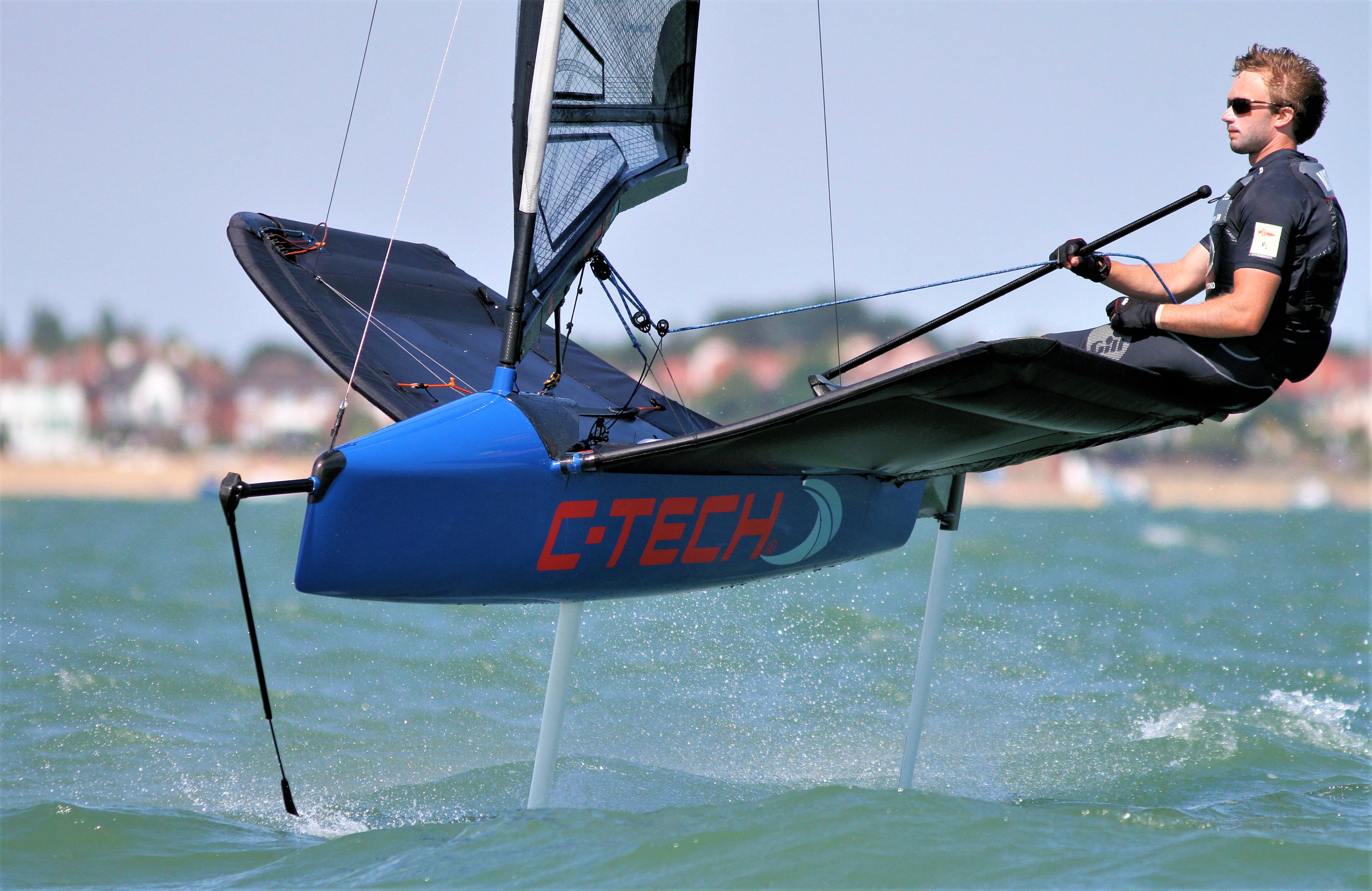
Thorpe Bay Yacht Club’s Kyle Stoneham has recently taken on the chair of the International Moth Class Association UK. He worked tirelessly to make this series a success and somehow found the focus to take a race win early in the series. He sold his business to go sailing full time a while back and has focused at the high technology end of sailing, working on wingsail and foil development. He recently got his Vampire Project catamaran fourth over the line at the challenging Texel Round Island race, despite breaking a foil.
“Foils are the natural development of the other steps that have taken dinghy sailing to its current level, such as spinnakers, use of trapeze, high aspect ratio rigs, lightweight skiffs, and so on. If you want to get started, then ideally find someone with a foiling boat who will let you have a go, but you can get into it with an older boat for £5-6k, then upgrade. It takes time to learn how to foil but you’ll find that people in the class are really helpful and there are clubs with International Moths all around the UK and overseas. The top sailors now regularly do things that would have been less usual, like gybing on the foils – we all push each other on. When you take off and run silent, you want to just do it again and again!”
To catch more of the action, see the videos on Wetsuit Outlet’s Facebook page.
Written by Kim Hollamby
Updated on 25th July 2018
Originally published on 20th July 2018 in Sailing










































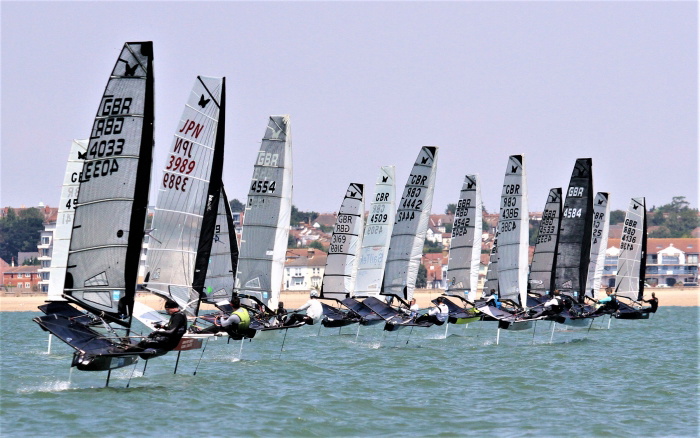






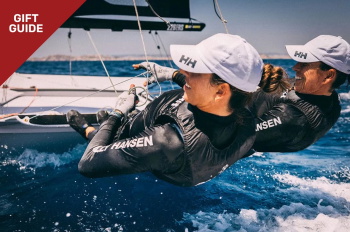
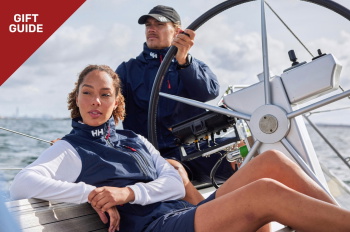
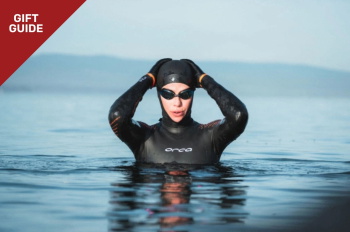
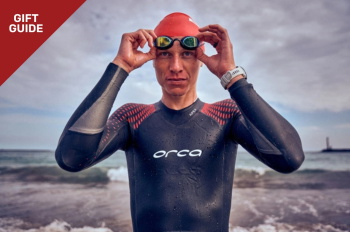
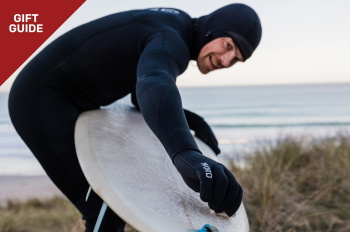
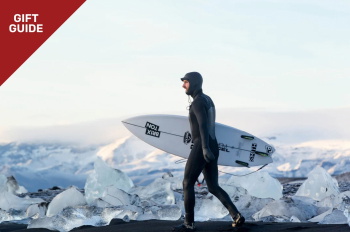

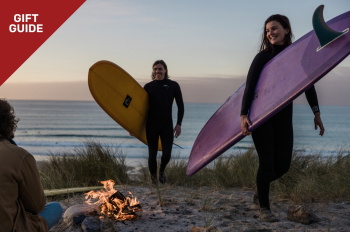
 Visit the US site
Visit the US site  Continuar al ES
Continuar al ES